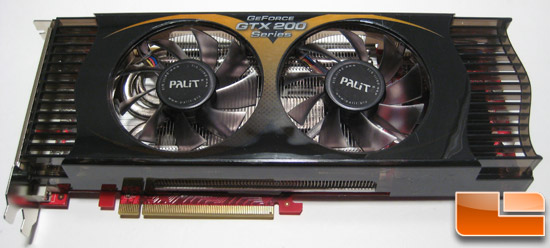PaLiT GeForce GTX 260 55nm Video Card Review
Conclusion

Making the jump from 65nm to 55nm has helped tame load power consumption and enabled even more overclocking headroom. Judging from the overclocking results, PaLiT could easily ramp up the clocks another 20 to 30MHz on the core and compete against the top tier 65nm GTX 260s. The only sour moment we had with the card was the idle power consumption, the lack of 2D and 3D clocks threw off power consumption and tarnished an otherwise satisfactory card. This is due to a vBIOS issue and PaLiT is using a reference NVIDIA board. This means that NVIDIA needs to release a new vBIOS for reference designed cards. Right now the PaLiT GeForce GTX 260 Sonic 216 SP video card seems like a rush job that fails to impress us. What is the point of releasing a new card that is basically nothing more than a die shrink only to have a rushed and incomplete vBIOS? If the vBIOS was 100% this 55nm card would have lower temperatures and power consumption numbers when compared to a 65nm card at both idle and load, but that is not the case.
In closing, PaLiT has produced another competitive product utilizing their Sonic theme. Nvidia’s 55nm process along with the hefty heatsink kept thermals in check under load and opened up plenty of overclocking potential above the default overclock. Gamers looking for maximum performance in the 1680×1050 to 1920×1200 resolution range should consider the Palit GTX 260 Sonic 216SP as a viable option if and only if a new BIOS comes out that allows the card to operate like it is supposed to run.
Legit Bottom Line: Nvidia’s 55nm process scores again with the GTX 260 by unleashing extra performance while keeping thermals in check.

Comments are closed.